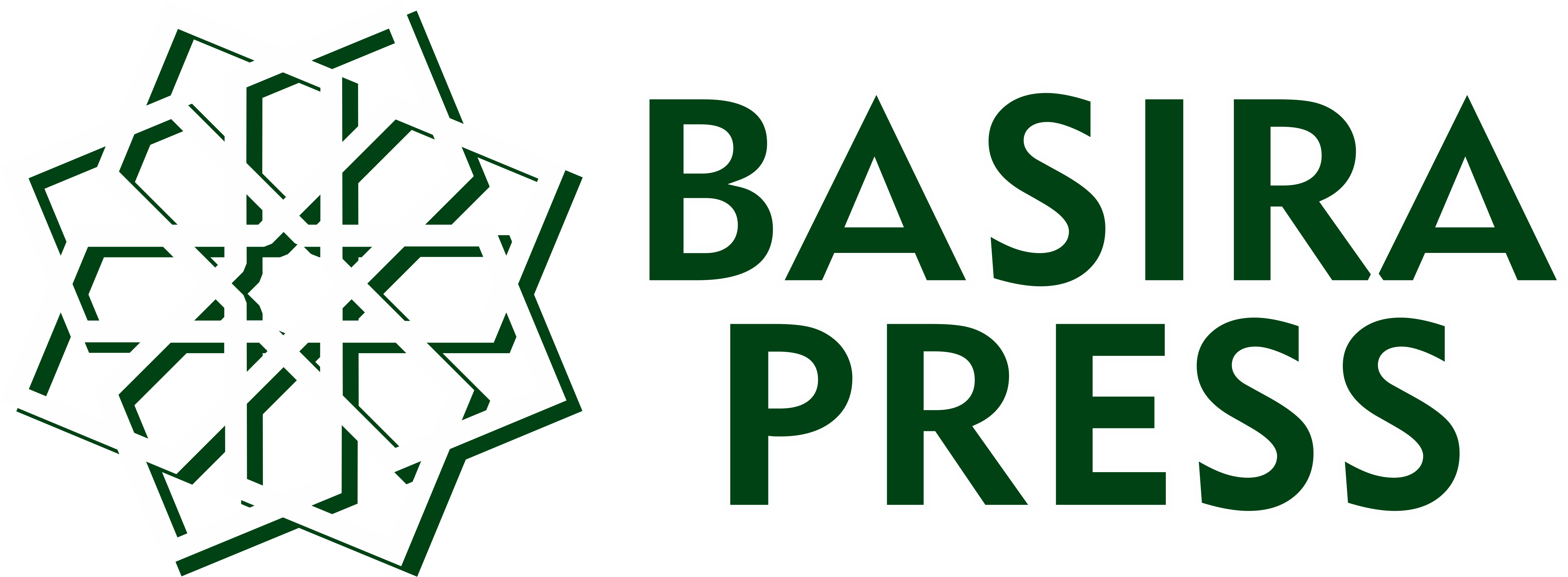Mandating Social Hijab in a Willed Islamic Country is Not the Same Thing as the Banning of Hijab in a Secular One
Debunking the moral relativist, reductionist argument that requiring hijab in public spaces -- in a country that has chosen to be ruled by divine principles -- is as "repressive" as banning hijab in secular countries whose "freedom of choice" is rife with double standards.

Originally published at TMJ News – republished with permission of the author
The death of Mahsa Amini* and the ensuing media attention on Iran has brought to light the question of whether it is a double standard, on the one hand, to support the mandatory headcovering and modest clothing policy in the Islamic Republic, whilst on the other hand opposing headcovering bans in secular states such as France. The argument boils down to “individual autonomy” and the lack of state’s ability to interfere with a woman’s dress code.
However, this line of argument negates the crucial dimension of the foundational constitution of these nations in question.
A secular state by definition does not interfere with religious expression, but supposedly guarantees “freedom.”
Take the example of France’s Constitution: “France is an indivisible, secular, democratic and social Republic, guaranteeing that all citizens regardless of their origin, race or religion are treated as equals before the law and respecting all religious beliefs” states the Constitution of 1958.
In France, the headcovering is banned in the name of “freedom” because the Liberalist doctrine believes in maximizing freedom and further imposing it, even if that means setting aside religious expression. France further singles out the hijab, the Islamic dresscode, and is therefore viewed as inherently Islamophobic.
The Islamic Republic of Iran, on the other hand, is predicated on both Islamic laws and the notion of democracy–that is, the system cannot be actualized unless it is the will of the majority of people to have Islamic law govern.
To vote for an Islamic Republic is to vote for a set of laws that govern the society.
These include banning what goes against Islamic law in public and mandating certain practices (to an extent) that have a direct societal impact. For example, it is illegal to sell alcohol/consume it in public. Likewise, there is a mandatory law for a loose form of headcovering and modest clothing. Despite the law, the hijab for the large part is not worn religiously, especially in the capital city of Tehran.
The reality is that the millions of Iranian woman going about their everyday lives in metropolitan cities in Iran are not endangered due to their lack of adherence to proper hijab, rather the law is in place to ensure there isn’t complete “freedom” to the extent where a man, for example, can decide to go out topless or a woman in a bikini, which is regarded as unacceptable in society with a conservative majority.
It is important here to make a distinction with the law mandating the hijab and the way it is being enforced – one can disagree with the method through which it is enforced and the subsequent abuses in its enforcement by officers on duty, which has been expressed by many politicians, clerics and policy makers.
However, to remove the law mandating the hijab is a non-starter for the Islamic Republic. Modesty is considered an essential component in the moral fabric of a healthy Islamic society– the system voted for by the majority of the people of its nation.
Moreover, the fact abuses in this realm are not reported frequently and the one that has led to a systematic global campaign to smear Iran is an “alleged” incident, is proof in itself that there is no systemic abuse in Iran, otherwise, such news would be plastered everywhere.
It is key to denote that Iran is transparent with its core foundations – freedom is not absolute in the public realm, as “individual” actions have societal impacts and hijab is viewed Islamically as a social issue. Secularism on the other hand purports “freedom” in the name of stifling that which does not conform with its ideology of shunning religious influence in the public realm.
The reality is that a society lacking in the foundation and practice of hijab, let alone one that is hostile towards the conception of modesty cannot be compared to the moral fabric of a society predicated on the Hijab.
The essence of Hijab is to ensure wider society remains a place of productivity rather than one of fulfilling lower desires.
* Editor’s note: This article was published prior to the comprehensive forensic and medical investigation which found that Mahsa Amini’s tragic death was due to pre-existing medical conditions. The investigation concluded that the police had not touched her even once in a violent manner to be even able to cause injuries, and the forensic report showed no trace of injuries against her.






